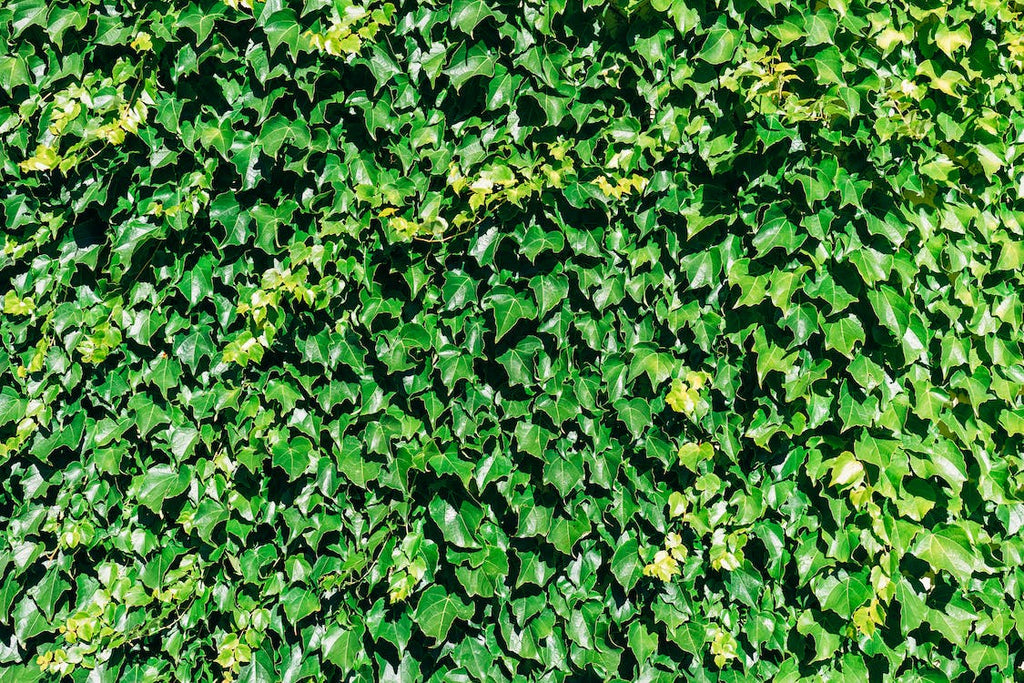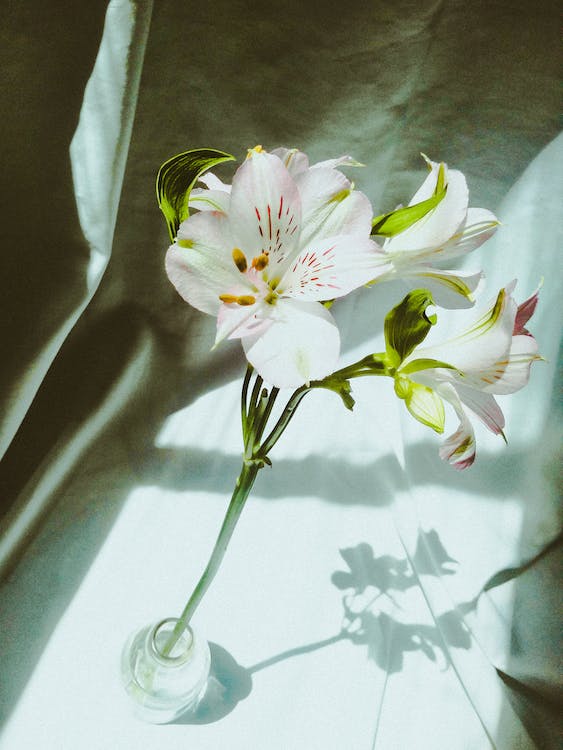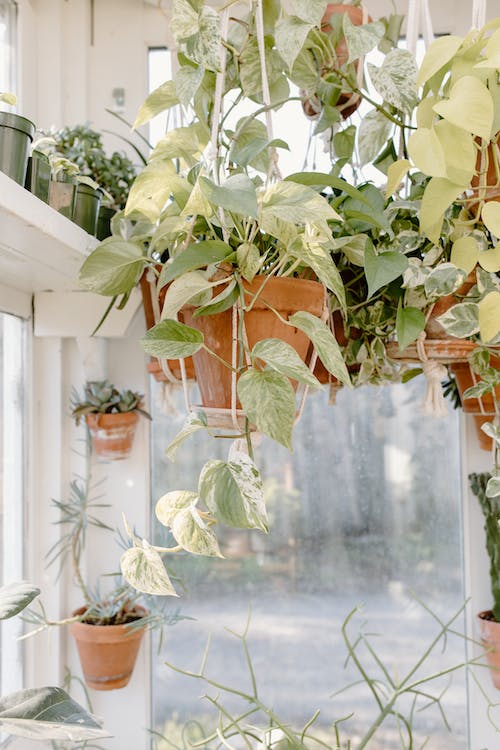
If a person or pet has ingested a toxic plant, please contact your local emergency services or emergency veterinarian immediately. For those in the US, you can find poison control information here. For Canada, look here.
With winter upon is, many of our “gardening” activities have moved away from outside spaces. Now’s the time for house plant care and indoor gardening, both of which we’ve discussed previously in this blog. While we encourage you to review those articles—as well as brushing up on seed starting for next season—we’d also like to address some of the more critical issues facing indoor gardeners. While there are no “bad” plants, there are plants that we don’t want around. Among these may be toxic houseplants—plants that are popular to grow indoors but may not be safe for some people or pets. Let’s dig in, talk about toxic houseplants and toxic houseplant safety, and learn how you can keep your indoor spaces safe and enjoyable for everyone in your household.

Let’s start by identifying some common toxic houseplants. We wrote last week about mother of thousands, which is a wonderfully beautiful plant but may be toxic to pets and people. Small children are especially at risk—they love to put anything and everything in their mouths! Here are some common toxic houseplants that often appear in homes, garden stores, and home décor shops:
- Lily of the Valley
- Dumb Cane/Dieffenbachia
- English Ivy
- Lily—all species are toxic to cats
- Philodendrons
- Aloe vera—healthy for humans, toxic to dogs and cats
- Pothos
- Sago Palm
- Rhododendron
There are many, many more—too many for us to list here. But these are some of the most common and a good starting point for identifying toxic plants in your home.

So, what should you do if you discovery you have a toxic plant in your home or garden? Unfortunately we can’t make that decision for you; your situation, your home, and your needs are unique and you know them better than we do. We can make a few suggestions, however:
- When in doubt, remove and re-home the plant. Plants can be replaced; people and pets cannot. You may decide that a toxic houseplant or garden plant is just better off elsewhere, and that’s OK. Contact a local garden club and see if someone better equipped to deal with such a plant will take it off your hands.
- Keep toxic houseplants out of reach of children, pets, and other curious parties. How you best do this will depend on the plant—some can be placed on a shelf, some may need to be sequestered in a sunroom or indoor greenhousewith added security, some may require a different approach. You’ll need to think like a little one or a furry friend—and remember how curious and creative they can be!
- Label all plants—but especially the toxic ones. This will help with immediate identification should something occur and a person or pet accidentally ingest some fo the plant. Likewise, keep emergency medical information handy—including poison control contact information and local emergency services.
- Educate your household about gardening, plants, and gardening safety. Prevention is always better than cure, and making sure that your family—especially the little ones—know that some plants are not safe to eat is a great start towards a lifetime of safe gardening. This can also be a chance to introduce them to gardening as a whole and teach them about plants in general.

We hope this blog gives you some food for thought when it comes to gardening safety and toxic houseplant safety. Again, there are no “bad” plants—but some plants are not right for every space. By carefully reviewing your houseplants and making informed decisions, you’ll have a safer, healthier household and a safer indoor garden!

Leave a comment